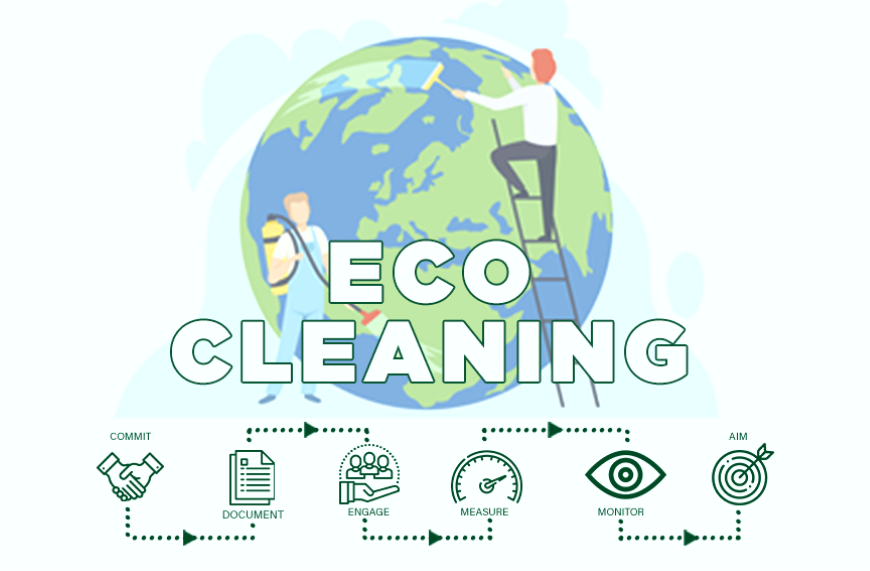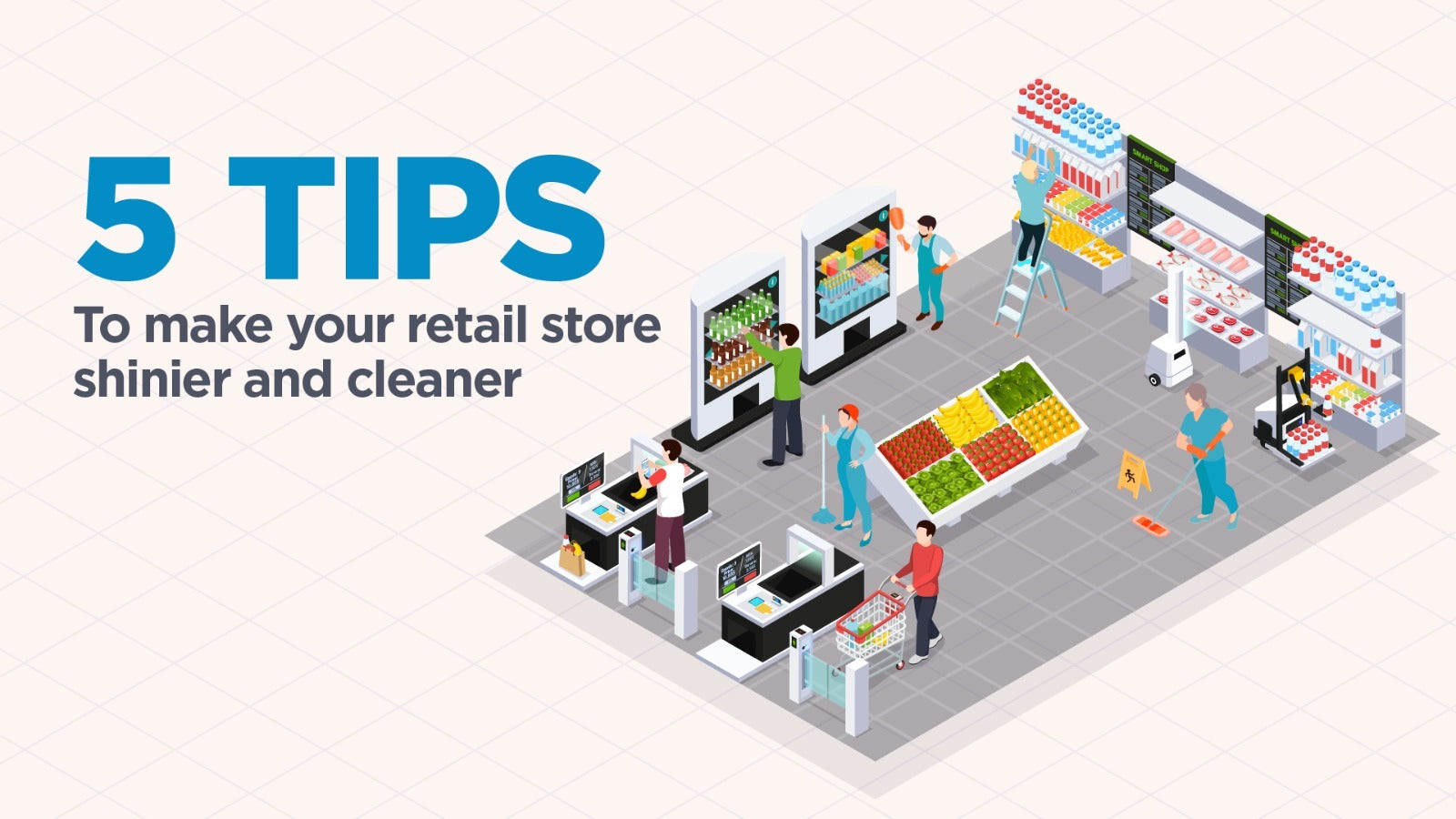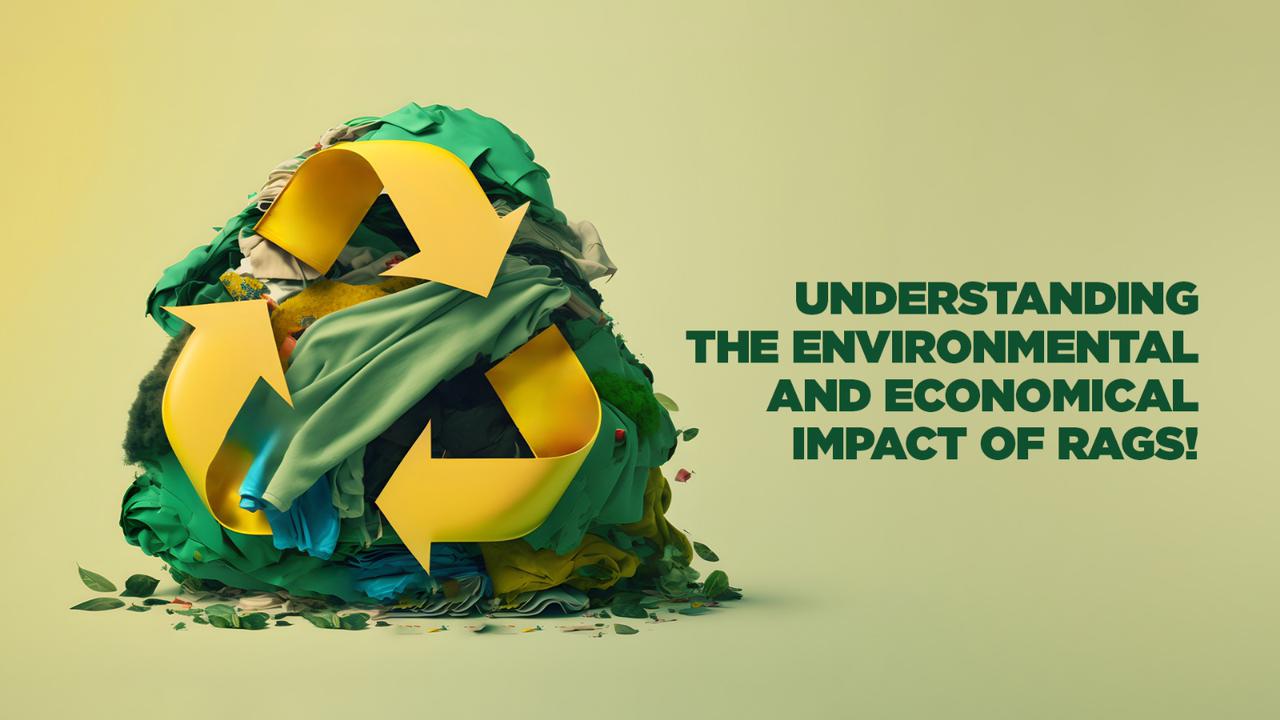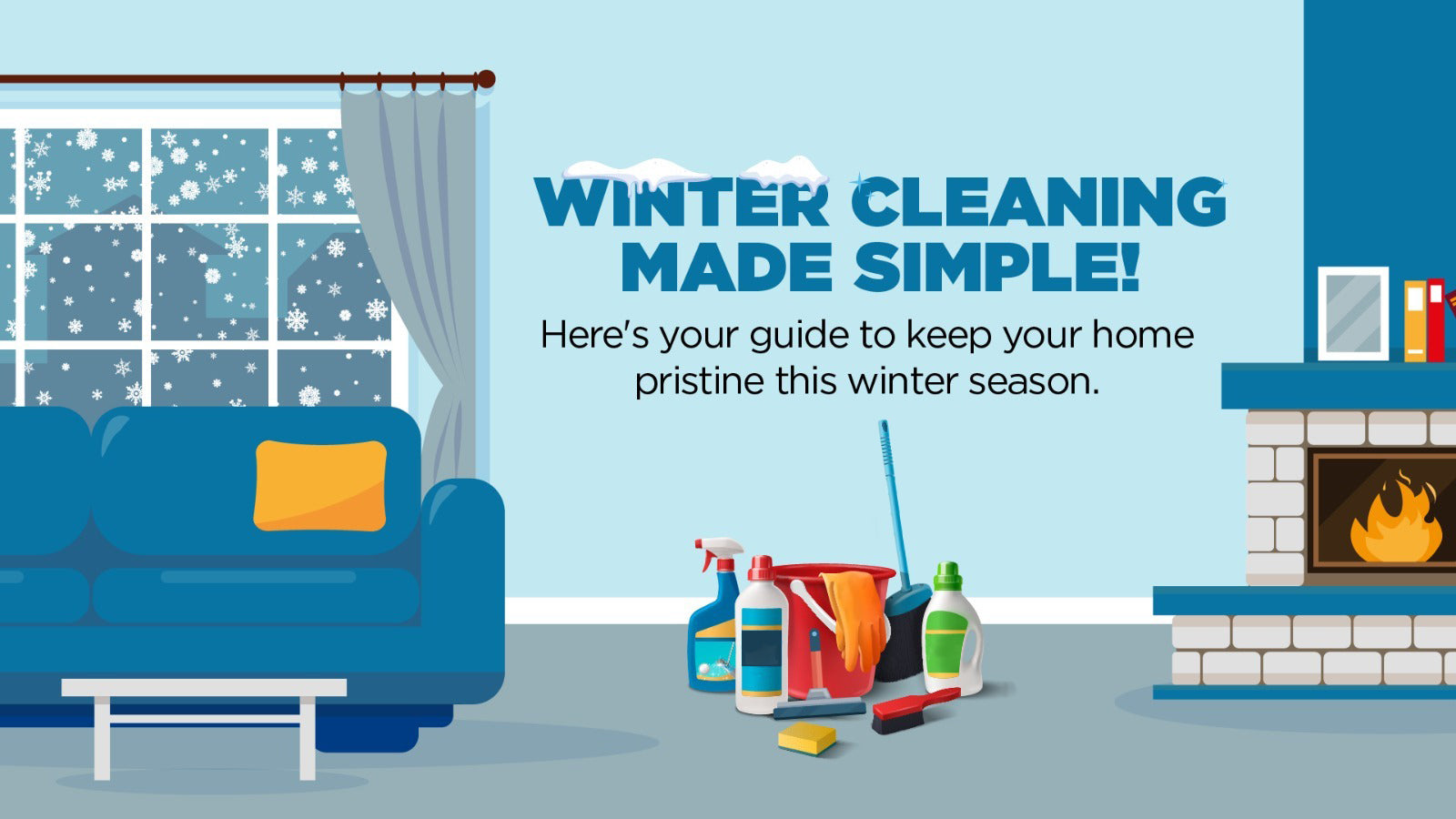Sustaining Sustainability in Cleaning: A Guide
Netting the famous ‘Net Zero’
‘Net Zero by 2050’ is the goal to cut the net emissions of carbon-di-oxide and other greenhouse gasses to zero by 2050. This is to prevent the already apparent effects of Global Warming from getting out of hand. As awareness and empathy toward the environment have gained widespread support, customers across the spectrum of industries are demanding greener products and greater sustainability. This is evident in the cleaning industry as well, where many avenues for environmental improvement are being explored. We will cover some of the most promising initiatives in this blog.
- Green Cleaning
Green cleaning is the adoption of environmentally conscious alternatives, rather than conventionally used technology, chemicals or equipment. Products manufactured under Green Cleaning initiatives typically feature natural, renewable or recyclable materials. A signature of these products is that they also are available in minimal packaging which uses the least amount of paper or plastic where required. If you’re a professional operating in the cleaning industry, you may recognise Green Cleaning as the strongest trend in the industry. Green Cleaning initiatives are a marketplace phenomenon that TRF has wholeheartedly embraced, with our microfiber rags, sustainable sourcing and use of recycled cloth in our rags and washcloths.
- Sustainable Products
The manufacturing, transportation and storage of products uses various resources such as water, energy and other raw materials that make up our environment. The Rag Factory uses a procedure known as Life Cycle Analysis (LCA) to ascertain the total resources consumed to deliver our products to our customers. We use LCA to effectively reduce the amount of energy used in the production of new products, using new technology or strategies. Even improved logistics can make a huge difference toward your Net Zero goals.
- Sustainable Fleets
Professionals in the cleaning industry can introduce a transformative shift towards greener functioning, with sustainable fleets. We suggest using cleaner energy and vehicles, especially ones which function on electricity. Cleaner fuels like CNG, Biodiesel, Ethanol and Hydrogen are some options you may consider and choose from, depending on their logistical operability.
The 6 Steps to Sustainability
As an operator in the cleaning industry, you can earn yourself a greener reputation by following our simple 6-step guide to sustainability.
- Commit:
Commitment in a company starts from the top. A company’s green values hold strong if the senior executives are in on it! - Document:
Create a sustainability program and have everyone on the same page, literally! It ensures accountability and transparency, while creating a culture around sustainable practices. - Engage:
Sustainability is a team effort. When you engage your stakeholders and vendors to join your efforts, you have the backing you need for a successful shift toward sustainability. - Measure:
Measuring your resource usage helps to minimize waste and set goals to slowly inch towards the Net Zero vision. - Monitor:
Keeping a live track on your resource consumption ensures you don’t backslide on your sustainability measures. - Aim:
Setting goals for the future and improving upon earlier targets is the key to surefire progress!
Go Get Greener!
The cleaning industry is quickly becoming a field where sustainability is a required practice. Adopting Green Cleaning, Sustainable Sourcing and Improved Logistics is a great leap forward to meet sustainability and ‘Net Zero’ goals. The Rag Factory is always looking for suggestions, partnerships and collaborations to envision, implement or improve our green initiatives, so get in touch if you’re interested! Until then, we hope you Go Get Greener!




